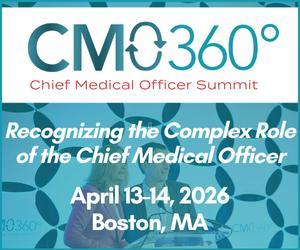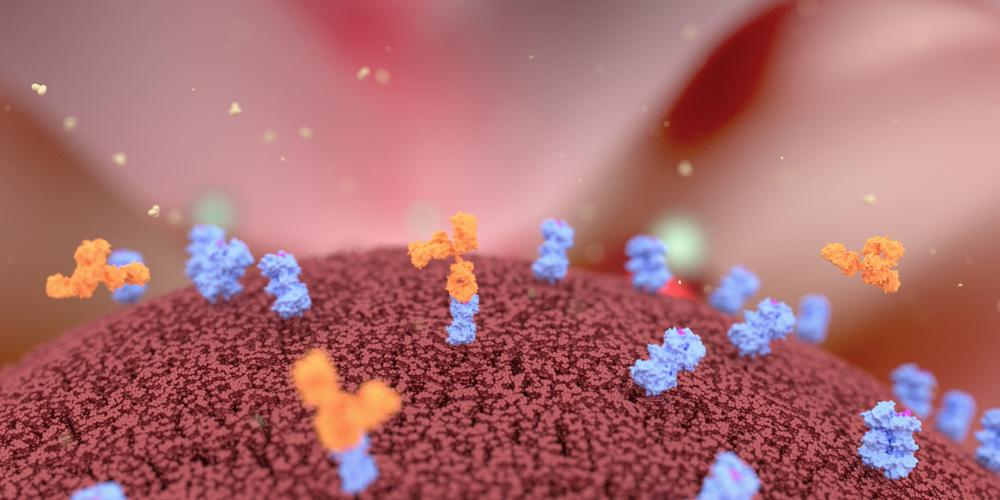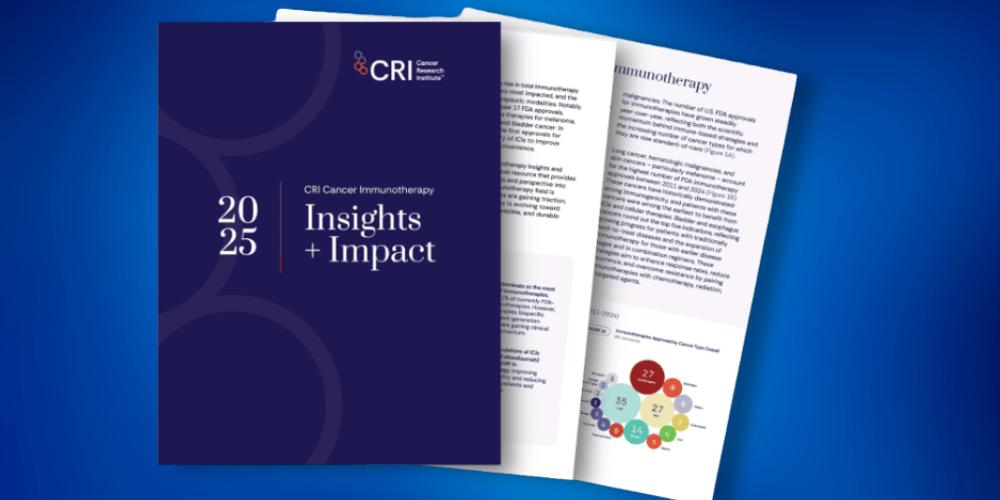Could In Vivo CAR-T Cell Therapy Replace Ex Vivo?
Dr Adrian Bot, Capstan Therapeutics, tells us how in vivo CAR-T cell therapy, both through viral and non-viral vectors, could provide patients with a less toxic and more accessible alternative to traditionally manufactured ex vivo CAR-T.

What major challenge of traditional CAR-T does the in vivo alleviate/address?
In addition to scalability, another opportunity is presented by clinical feasibility and performance. For example, lymphodepletion conditioning, which is a must for ex vivo-engineered CAR-T cells, is neither needed nor compatible with in vivo. Therefore, by also obviating utilization of DNA alkylating agents such as cyclophosphamide, you can imagine an easier path to moving CAR-T cell therapy to the outpatient setting, into non-oncology indications or earlier stage cancer where the utilization of harsh lymphodeletion conditioning drugs like fludarabine and cyclophosphamide would present a significant barrier.
What do you see as the future of ex vivo if in vivo is thoroughly validated?
I think that if we can make in vivo work, we will see a sunset within the next five-ten years of ex vivo, with some exceptions. For example, where there are intrinsic defects of a patient’s immune system (total number or fitness of immune cells due to iatrogenic or disease related factors) which you could not fix without complicated gene editing, for example certain cancers or heavily treated autoimmune disorders, where there is still a place for allogeneic ex vivo. In those instances, it’s more important to impart efficacy. In vivo autologous CAR T cell products in blood cancer will likely sunset when in vivo CAR therapy will match efficacy-wise. But overall, I can see an in vivo engineered approach going long-term, due to the potential versatility and multimodality of the in vivo engineering of the immune system.
Where are we with in vivo CAR-T cell therapy right now?
It’s in early clinical development with probably more than a dozen organizations in phase 1 stage. It's amazing how the in vivo CAR-T ecosystem has exploded over the last two years. Three to four years ago, there were four companies in the preclinical stage, and now there are at least 35 different companies focused on in vivo chimeric antigen receptor programming. A few of these companies are already reporting data in major peer-reviewed manuscripts, with respect to proof of concept and safety/tolerability in their first in-human trials. Engineered viral vectors have been leading the may but RNA based technologies are rapidly catching up and seem to expand operations at a higher pace.
Lessons learned from engineered CAR-T cells, nanomedicines (RNA medicines in particular), and viral engineering, as well as our understanding of immunobiology of autoimmune diseases and cancer, have intersected and converged to make this in vivo immune engineering revolution possible.
What are the two vector approaches to in vivo CAR-T?
There is the viral vector and the non-viral/transient expression system. The natural tendency, based on the fact that all currently approved CAR products are viral vectors, has been to retrofit viral vectors for utilization in vivo. There was a lot of work done to additionally engineer viral vectors to increase selectivity in terms of transducing cells of interest, such as T-cells, and minimizing, as much as possible, inadvertent transduction of non-T cells or non-immune effect cells. Nevertheless, owing to potential practical and clinical safety benefits such as tunability and lack of genotoxicity, about two-thirds of the companies in this ecosystem are pursuing transient engineering mechanisms, facilitated by targeted lipid nanoparticles and RNA based CAR payloads, while the rest are pursuing integrating viral vectors.
What’s the advantage and disadvantage of viral vectors for in vivo?
The advantage of viral vectors is that you are generating, upon a single infusion, a CAR-T cell population that self-calibrates to the disease burden which is particularly useful in cancer. The CAR-T cell population can follow the tumor burden to expand, proliferate and persist as long as there is some tumor burden around. An inbuilt immunological memory – is another way to frame this feature.
The disadvantage is that it doesn’t happen every time. In many cases, the CAR-T cells run out of steam due to exaggerated activation leading to rapid exhaustion. In other cases, there is exaggerated on-target pharmacology that manifests as immune effector cell-associated neurotoxicity syndrome (ICANS), cytokine release syndrome (CRS) or parkinsonism in the case of BCMA. That’s due to the fact that these CAR-T cells may expand, activate or persist in an exaggerated fashion leading to prolonged on target or off target toxicities – a “runaway” effect that is difficult to predict and may be difficult to control, requiring in many instances long term monitoring. Potential genotoxicity due to genomic insertion is another aspect that will likely require monitoring.
How does the viral approach compare to the non-viral/transient expression approach?
Some of the downsides of the viral vector can be avoided by utilizing a transient expression vector, such as an RNA format. That achieves a more ‘hit-and-run approach.” You temporarily reprogram the immune system, but because the RNA is degraded the CAR polypeptide itself is actually degraded. What you’re obtaining is a temporary CAR expression, that can be calibrated to the disease burden through infusion/repeat dosing. In principle, by devising compact therapeutic cycles comprising repeat infusions, you can calibrate your CAR exposure to the disease burden.
The advantage of this is that you can actually democratize the in vivo CAR concept beyond disease indications where the therapeutic safety bar is very low. For example, we could bring the CAR modality to regenerative medicine, autoimmune disorders, even MRD-stage oncology – for example patients with complete response but high risk of relapse where the therapeutic safety bar is very high. It remains to be seen though if we could emulate the potency of viral based CARs in oncologic indications with sizable tumor burden.
What are the potential concerns for patients with an in vivo CAR-T approach?
For viral vectors, because they are lentiviral vectors, they work by integrating into the genome. One needs to follow the genotoxicity to check for abnormal persistence, integrating events (both number and location sometimes), clonal events, etc, for up to 15 years depending on the platform technology tested in clinical setting. In addition, there is a possibility for undesired secondary expansion or abnormal persistence of viral CAR-T cells that may lead to protracted on-target toxicity.
For RNA lipid nanoparticle-based technologies, liver tropism is always a concern because that’s where lipid nanoparticles distribute predominantly unless you can modify them in a certain way. You have to very carefully monitor for acute and sub-acute liver toxicity in those cases, as well as exaggerated immune pharmacology because both the LNP formulation and RNA can stimulate innate immunity on top of the on-target cytokine release from the CAR activity. Hence, cytokine release syndrome is also a possible adverse event that needs monitoring and management.
Thus, although there is the prospect of taking in vivo CAR T cell therapy into the outpatient setting, there is still the risk of inducing CRS and even ICANS as with ex vivo, because this relates to the on-target activity of the CAR. However, there is the notable distinction that for transiently expressed CARs, they don’t persist so you don’t have subacute or chronic on-target toxicities such as prolonged B cell aplasia or hypogammaglobulinemia as seen with viral anti-CD19 or BCMA CAR products.
What are the considerations for those companies pursuing either viral or transient vectors?
One consideration as to why more companies are pursuing the transient approach is because promising results from preclinical studies have shown that you may not need an integrated vector to achieve a deep pharmacological response. The Capstan paper in June 2025 showed that in both mice and non-human primates, and a New England Journal Paper from September 2025 with MagicRNA showed promising results in lupus patients.
The other consideration is the burden on the sponsor to show safety. When you have non-oncology disease indications such as autoimmunity, regenerative medicine, fibrosis, cancer in the early stage or minimal residual disease, where you have relatively healthy patients, the safety performance bar is very high and may not be acceptable to have a product like a genomically integrated viral vector yielding potential genotoxicity or cytogenetic modifications, may induce durable on target toxicity through undesired secondary expansion or abnormal persistence of CAR-T cells in the body, including in the bone marrow, that may result in B cell hyperplasia, hypogammaglobulinemia, propensity to infections, or secondary malignancies owing to possible genotoxicity, months or years after treatment.
What does the in vivo approach mean for T-cell exhaustion?
It turns out that there is something we now call supra-physiological signaling, which is imparted by these extremely potent viral CAR configurations comprising two or multiple signaling domains. They trigger an enormous and rapid activation of CAR-T cells upon engagement of target cells, and if they activate even for a few days, it may lead to T cell exhaustion. Within 1-2 weeks after being generated, these CAR T cells working in overdrive will run out of steam and result in a sharp and rapid decline of the number of polyfunctional T cells in the body. One may still experience CRS or ICANS, which can occur very rapidly, with only some partial clinical response as opposed to complete response. Most of these patients will eventually relapse.
Through a transiently expressed system, you may never achieve sufficiently sustained CAR expression from a temporal standpoint that would impart the antigen-induced cell death or exhaustion mechanism.
How do you approach the challenge of patients not having a sufficiently robust immune ‘fitness’ to harness with an in vivo approach?
For patients with lower T cell fitness or other immune abnormalities, because there is no lymphodeletion disabling the endogenous immune system, there is the opportunity to rev up the immune system.
You can do that either through repeated infusions of the in vivo CAR with, for example, an RNA payload, - a mechanism leading to CAR engineering amplification - or by utilizing biological response modifiers such as gamma chain receptor cytokines to condition the immune system. In the former, you’re deploying an immune cell engineering amplification mechanism, in which you prime the immune system with the first infusion and then reprogram the activated T cells more effectively with subsequent second and third infusions to reach a very high number of CAR-T cells. With the latter, you are revving up the immune system before reprogramming it with the in vivo CAR engineering platform.
What do you see next for the short- and mid-term of in vivo CAR-T?
In the short term (two to five years) there will be a gold rush with B-cell lineage antigens – CD19 BCMA, CD20, CD22, etc – because they are already validated with other approaches and thus the technical risks are lower. The space is crowded but there are appealing opportunities for novel products especially in non oncologic indications (autoimmunity) and in earlier stages MRD+ cancer patients.
The next wave after that will be a tremendous diversification of CAR payloads and targets for broader disease indications. There will be targets in solid tumors, inflammatory, autoimmune diseases, regenerative medicine, other indications, etc, that will be pursued using the platform technologies and formulations validated with the B-cell lineage antigens.
In the following wave in 10-20 years, we will see a lot more different ways to engineer in vivo in the immune system, including precision integration of genetic sequences and spatio-temporal control of expression aided by logic-gating. This will be not only through CAR-Technology, but also through biological response modifiers, immune cell engagers, immune checkpoint blocking agents, enabled by novel gene editing technologies including knock-in and RNA gene writing, or some combination to address indications with very high efficacy bars.









